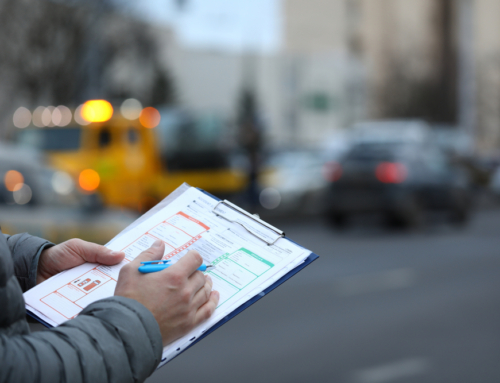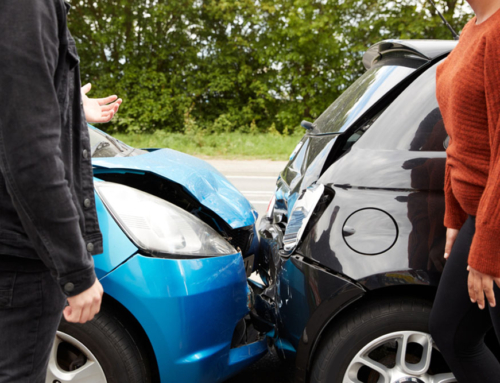Hectic schedules, worries about an uncertain future, and a penchant for looking at phone screens every other second are some of the main causes of distracted driving on the roads. And while diverted attention while driving is risky all around, it is especially dangerous in the congested highways of big cities, where majority of the drivers likely to be distracted operate.
The consequences of distracted driving go beyond the apparent damage to, or loss of, the vehicles involved in a crash. Serious injuries and even loss of lives are common occurrences as well. Understanding what distracted driving is and its consequences is key to making better decisions while on the road and averting potential tragedy.
What Is Distracted Driving
As the name suggests, distracted driving is basically being occupied with unrelated thoughts, or activities when driving. The result is minimal attention to the road and surrounding traffic, which in turn increases the chances of a crash.
Types of Distracted Driving
The NHTSA reports that distracted driving is the cause of nearly 30 of all reported vehicle accidents every year, resulting in thousands of deaths and injuries for drivers, passengers and even pedestrians. The agency further categorizes distracted driving incidents into 3 main types, as follows:
- Cognitive Distraction: This is where the driver’s mind deviates from the driving process and into unrelated thoughts, such as work or family problems, or fantasies.
- Manual Distraction: Where one or both of the driver’s hands are doing something else, apart from handling the steering, like texting on the phone or tuning the music player.
- Visual Distraction: Where the driver’s eyes are focused away from the road ahead and on to some unrelated thing, like a person walking on the side of the road, or on their phone.
In some cases, the three types of distractions can occur at the same time, taking the driver’s entire consciousness away from the task at hand and consequently increasing the potential damage in case of an accident. For instance, a driver can be switching on the music player while at the same time searching for a given song on their phone, while also thinking of their sick child.
Effects of Distracted Driving
Apart from the obvious damage to the vehicles involved, distracted driving accidents can also result in fatal, near-fatal, and life-altering injuries to some, or all the people caught up in between. These injuries may include:
- Broken bones
- Internal bleeding and organ damage
- Permanent or long term paralysis
- Traumatic brain injury
Additionally, the NHTSA estimates that distracted driving accidents lead to socioeconomic damages of over $200 billion annually. The components of this ‘societal harm’ include:
- Traffic congestion
- Emergency rescue and medical services costs
- Loss of productivity
- Strain on legal resources
- Property damage, or loss
- Insurance costs
- Decreased quality of life (especially in major cities)
- Increased fuel costs
- Loss of income for the affected parties
Avoiding the Nasty Web of Distracted Driving
It is easy to dismiss the effects of distracted driving as just another form of “hippie talk” when you’ve not been personally affected by the same. However, doing a simple Google search on the topic will show you a clear, but dim picture of the damage caused by distracted drivers both in the country and around the world, which should not only serve as a warning sign but also a starting point for more conscious driving habits.
Amongst the habitual changes you can make to keep both yourself, and other road users safe is to keep your phone very far away, or in do not disturb mode, whenever you’re on the road and securing your kids or pets safely in their seats before starting any trips. If you have to respond to a text or email, or change a song, park by the side of the road so you can have all the time to do so without endangering your life and those of others.








